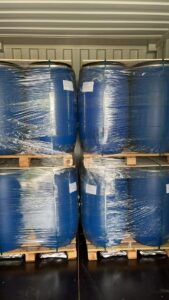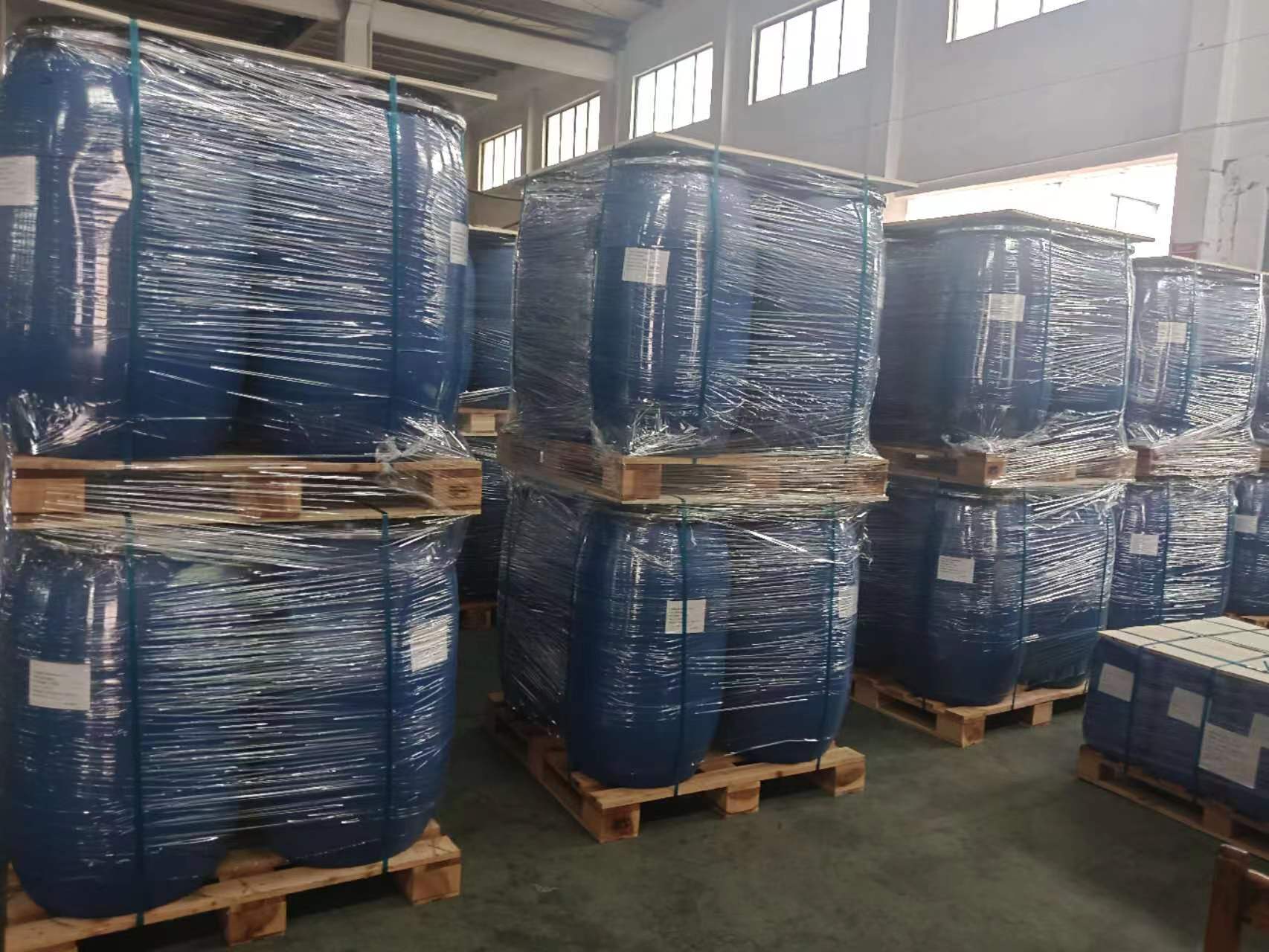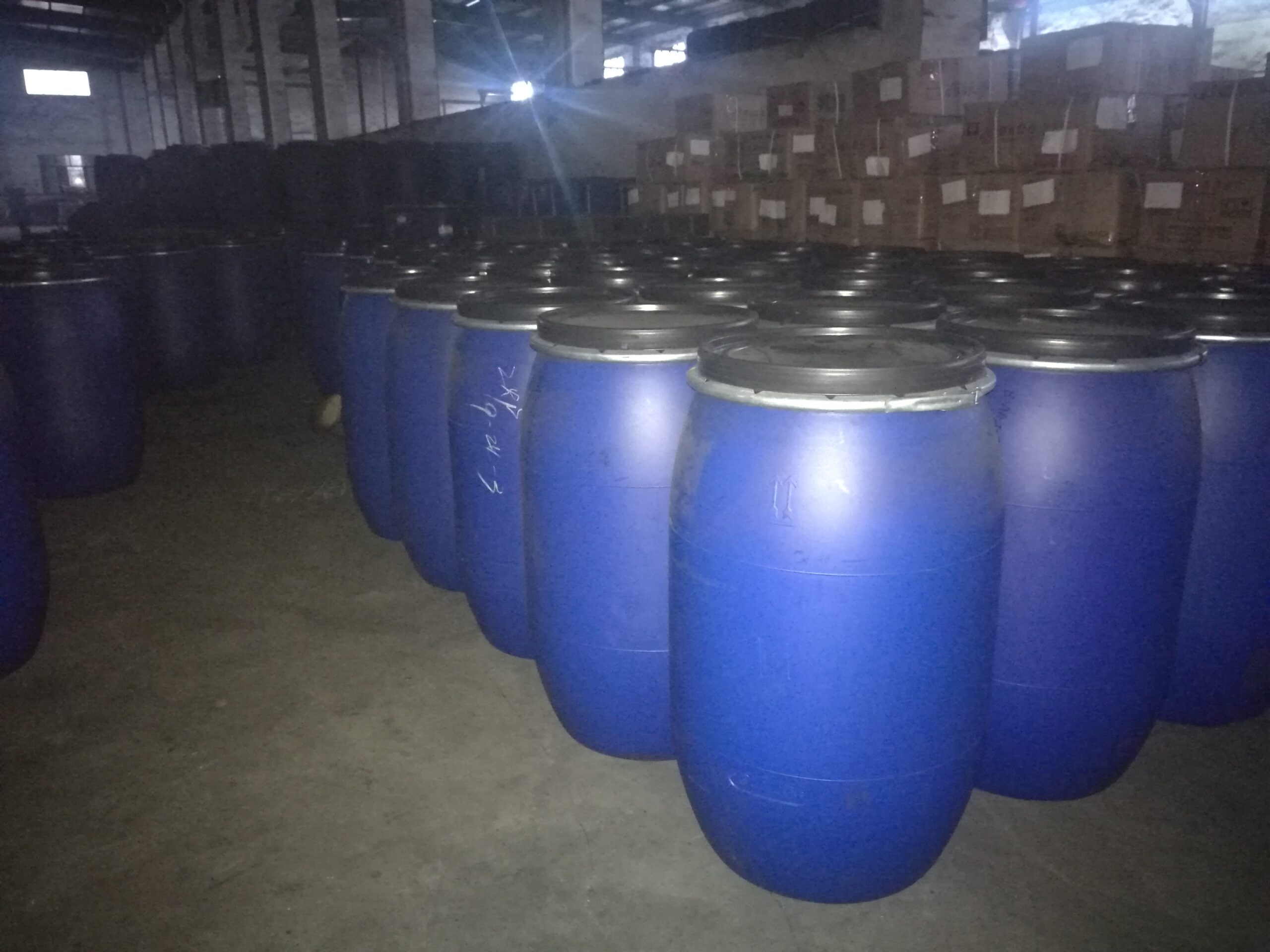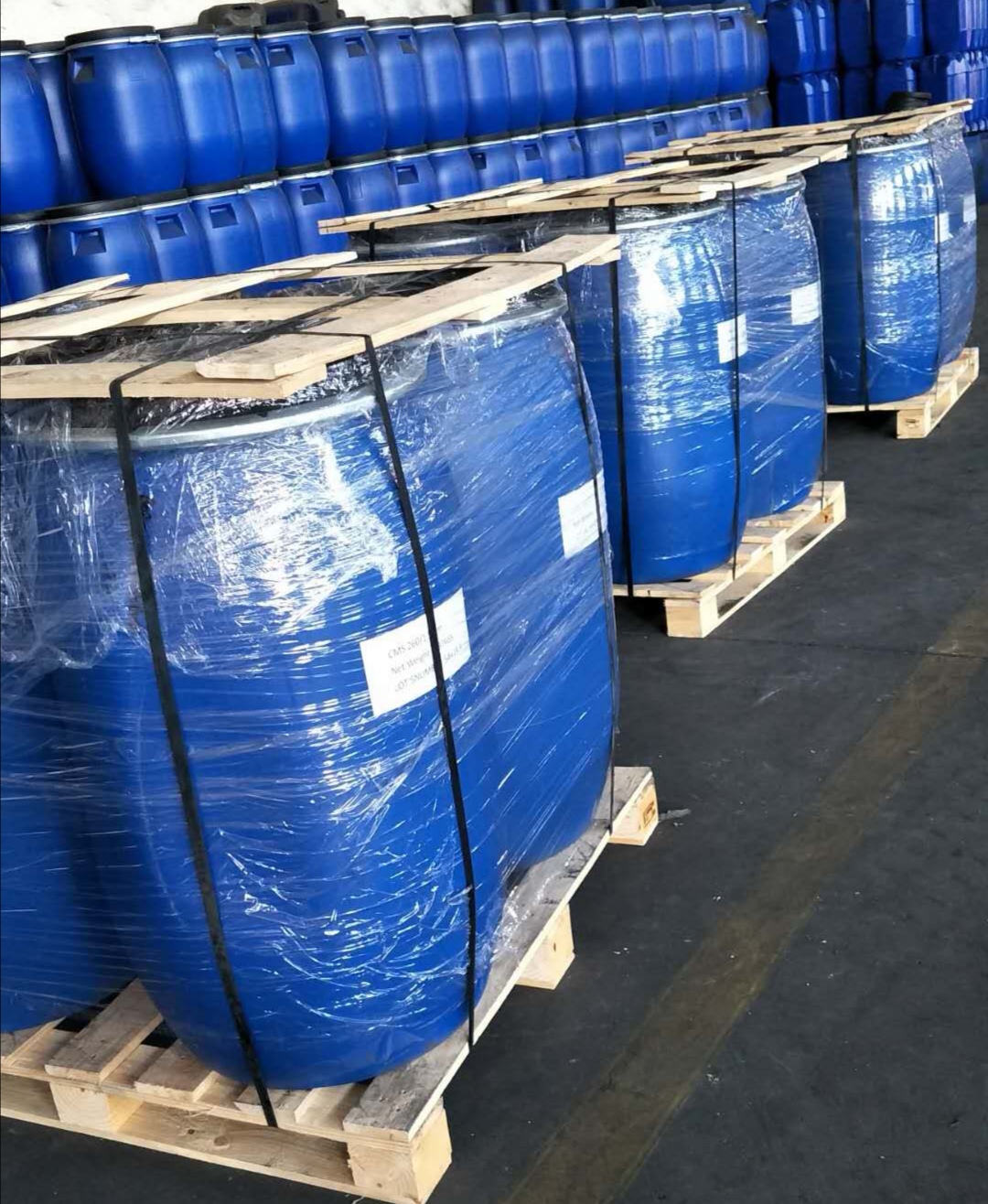Zeolites and Carbon Molecular Sieves: The Diversity of Dryers and a Selection Guide
In this era of challenges and opportunities, we have witnessed continuous innovation and progress in dryer technology. Zeolites and carbon molecular sieves, as two important types of dryers, each possess unique characteristics and application fields. Understanding their diversity will help us make better choices to meet different drying needs.
Comparison of Zeolite Molecular Sieves and Carbon Molecular Sieves
In the field of dryers, molecular sieves form a family, including zeolite molecular sieves and carbon molecular sieves. Among them, zeolite molecular sieves can be further classified into natural zeolites and synthetic zeolites. These different types of molecular sieves, due to their unique composition and properties, are widely used in various scenarios. Next, we will briefly compare the main characteristics of zeolite molecular sieves and carbon molecular sieves.
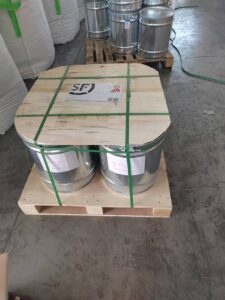
Comparison of Zeolite Molecular Sieves and Carbon Molecular Sieves
In the world of dryers, zeolite molecular sieves and carbon molecular sieves each occupy a position. These two molecular sieves not only differ in composition, but also show unique differences in size, adsorption principles, and application fields. Let’s explore the similarities and differences between these two molecular sieves.
Firstly, in terms of composition, zeolite molecular sieves are hydrated crystalline silicate metal salts, with raw materials ranging from natural zeolites to synthetic zeolites. While carbon molecular sieves, as a non-polar carbon material, their raw materials are mostly coconut shells, coal, or resins.
In terms of size, zeolite molecular sieves have certain-sized pores within their crystals, which are interconnected by numerous pores of the same diameter, forming a unique pore or channel system. Based on the size of these channels, zeolite molecular sieves can be classified into small-pore, medium-pore, and double-pore zeolites. In contrast, carbon molecular sieves are known for their numerous 4-angstrom micropores in their interiors. During the manufacturing process, the size of these micropores is carefully controlled to meet the needs of different molecular sizes.
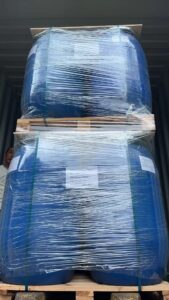
Furthermore, the adsorption principles of the two are significantly different. Zeolite molecular sieves have uniform pore diameters and clean performance, and can selectively adsorb specific molecules based on the size of the internal pores. While carbon molecular sieves utilize their numerous micropores to allow molecules of small dynamic size to rapidly diffuse into the pores, while restricting the entry of large-diameter molecules. This difference makes carbon molecular sieves outstanding in gas mixture separation.
Finally, in terms of application fields, these two molecular sieves also have their own advantages. Zeolite molecular sieves are widely used in industries such as petroleum, chemicals, and natural gas, as well as in the pharmaceutical industry, refrigeration industry, and the manufacturing of insulating glass. While carbon molecular sieves play an important role in coal fields, petroleum, chemicals, and other industries due to their excellent adsorption properties and wide application range.
In conclusion, zeolite molecular sieves and carbon molecular sieves exhibit unique characteristics in composition, size, adsorption principles, and application fields. Understanding these differences will help us better select and apply these two molecular sieves as industrial dryers.
